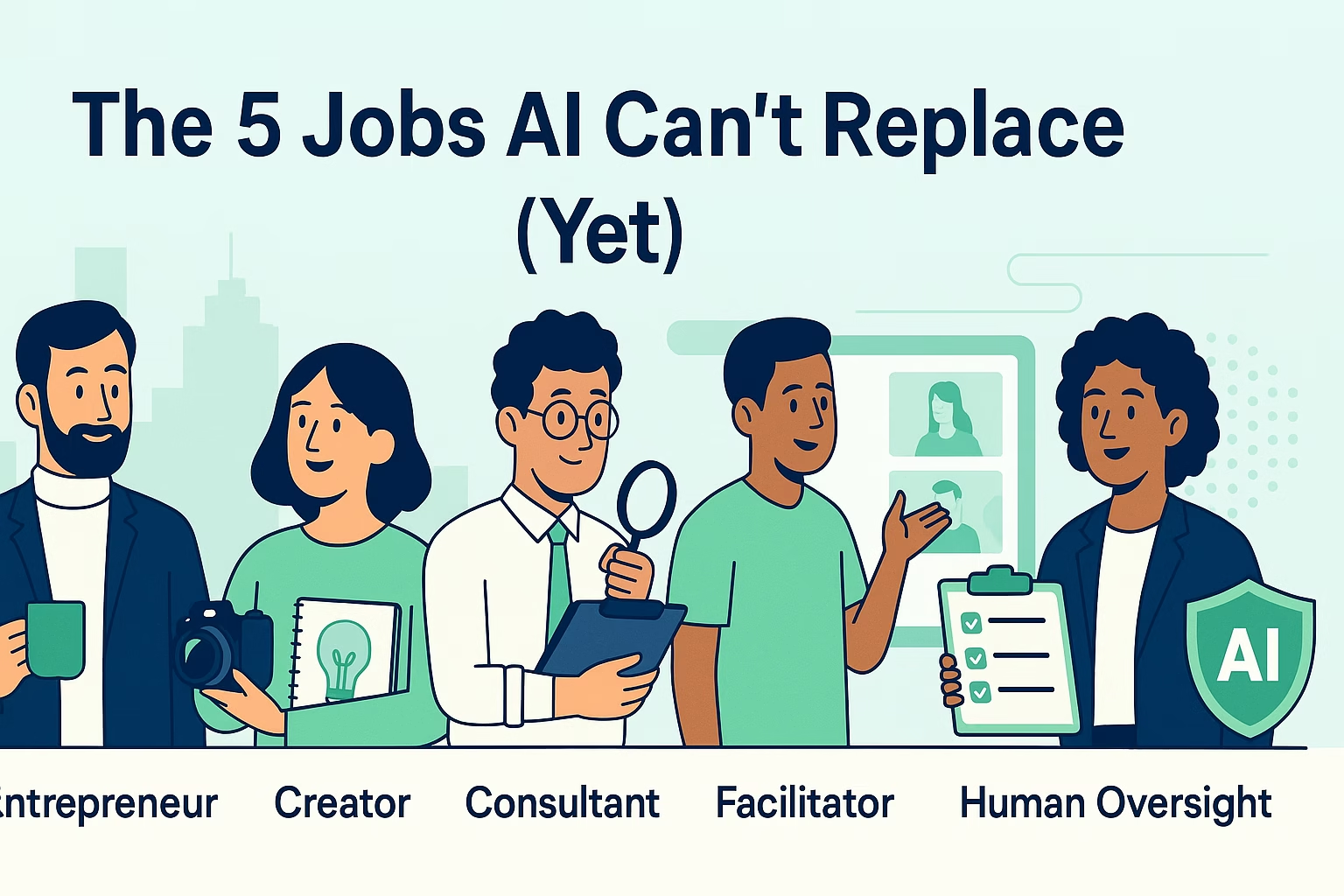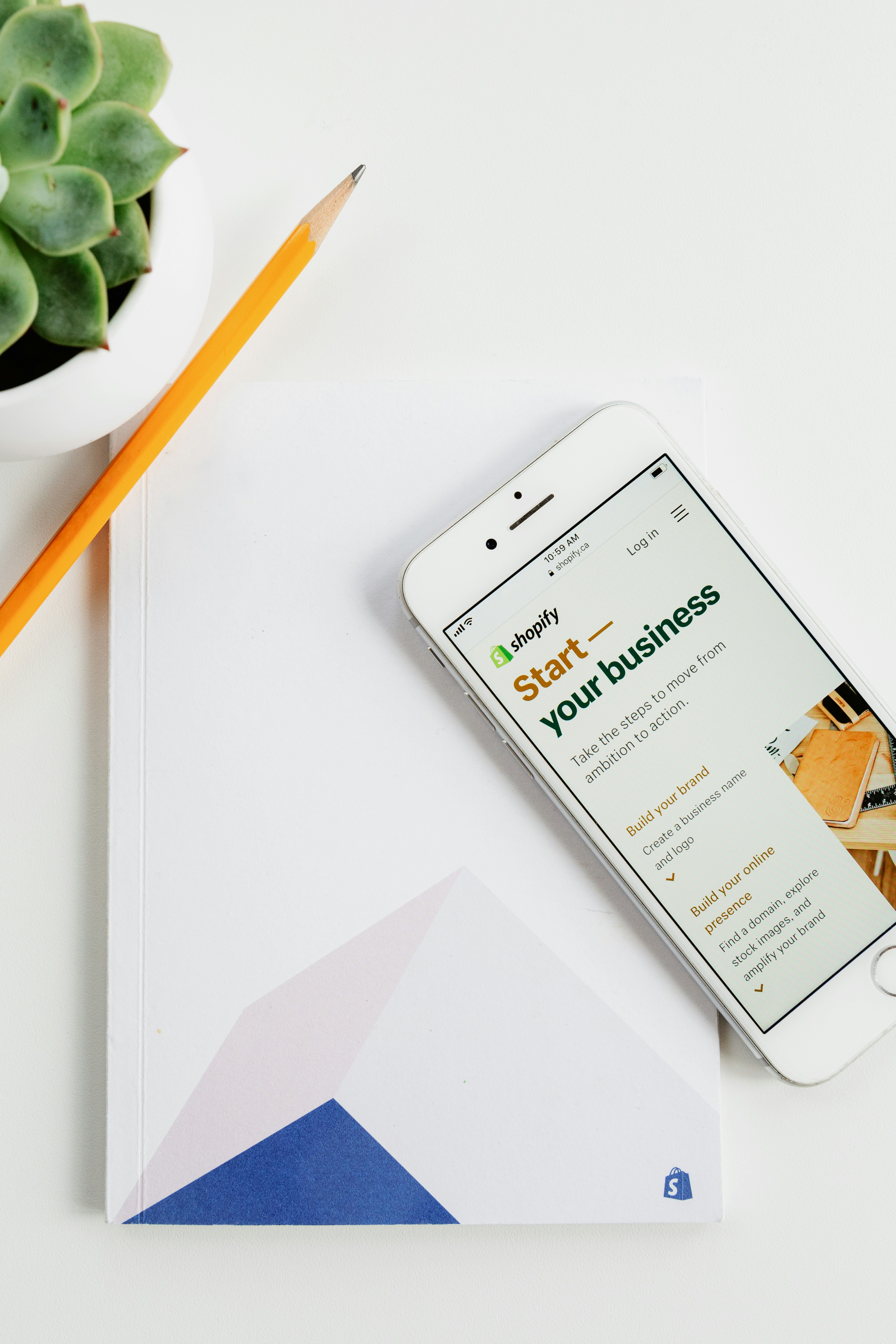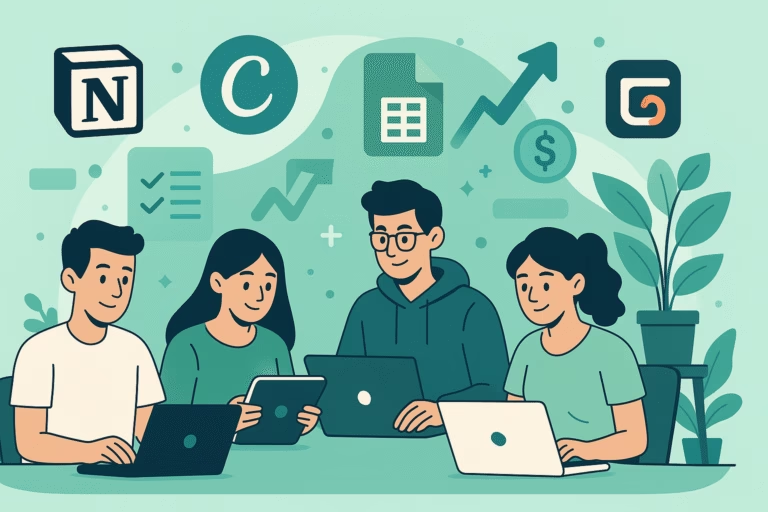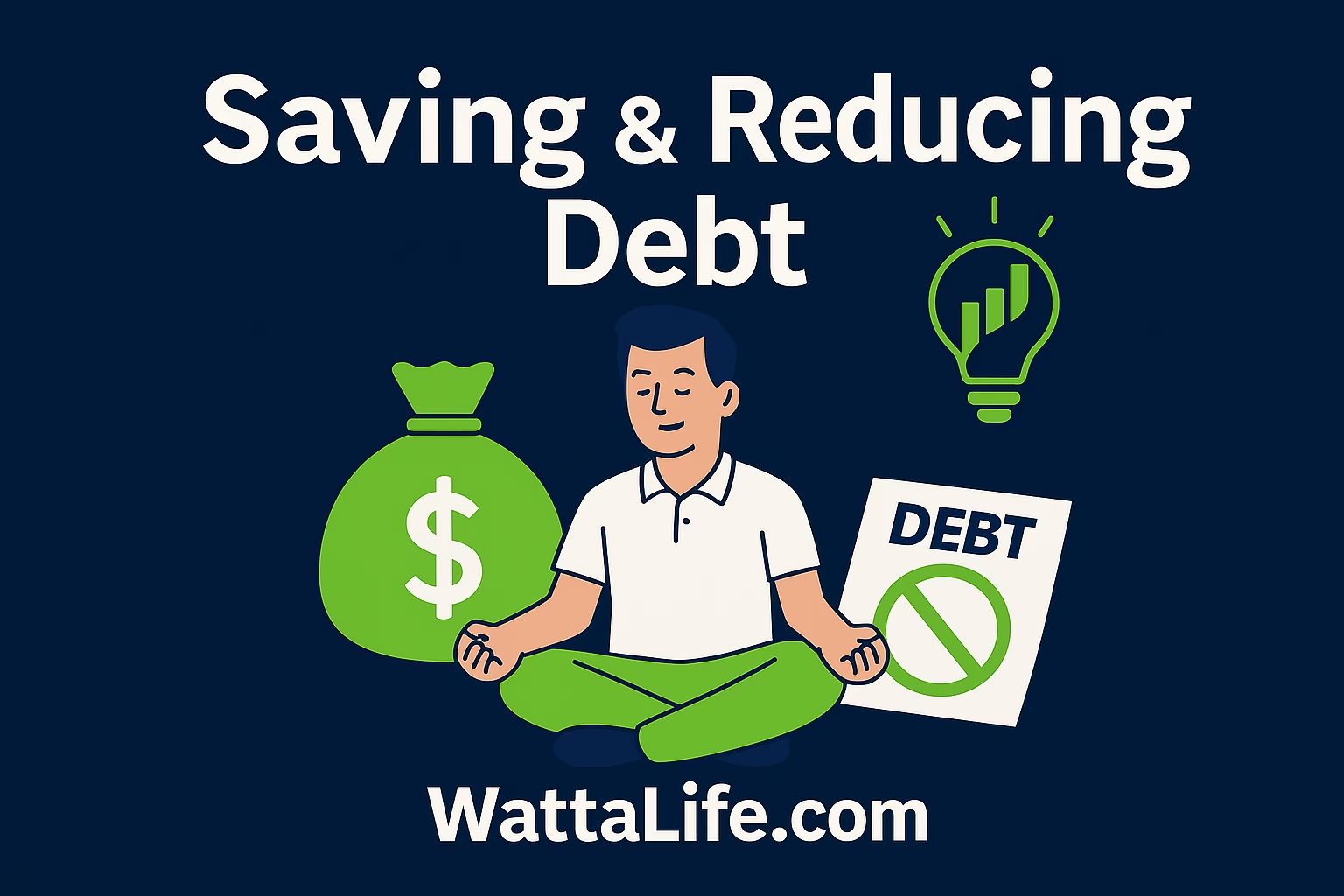The 5 Jobs AI Can’t Replace (Yet) – Future-Proof Careers

Don’t gamble your future on AI-proof promises. Here’s a breakdown—straight from expert research—of the only career paths with built-in protection from automation. Use this guide to plan your next move.
Key Takeaways
- Most routine jobs—even white-collar roles—are at risk from AI by 2030.
- The safest careers are based on what only humans can do: create, govern, connect, decide, and lead.
- It’s never too late to “pivot” toward these paths—starting with micro-skills or side projects.
- Your next big move is probably more human than you think.
Why “AI-Proof” Jobs Matter (and Why Most Advice is Wrong)
Forget the headlines—“learn to code” or “just do more creative work” isn’t enough. Automation is advancing across all industries. But **Dr. Roman Yampolskiy** and leading AI safety researchers have mapped the only roles AI will always need humans for: governance, judgment, trust, and truly original creation.
The 5 Jobs AI Can’t Replace—Explained
1. Entrepreneur
Only humans can own, lead, and envision—AI can’t take responsibility for risk or build genuine trust. Entrepreneurs design businesses, innovate, and decide what matters.
- Examples: Product creators, small business owners, agency founders.
2. Creator
Your story, brand, and perspective are impossible for AI to replicate. Creators connect with audiences and drive trends.
- Examples: Writers, YouTubers, course creators, artists, influencers.
3. Consultant & Auditor
AI can’t self-regulate or audit itself. Consultants, auditors, and compliance experts review, guide, and govern AI decisions.
- Examples: Algorithm auditors, strategy consultants, compliance pros.
4. Facilitator & Human Coordinator
AI struggles to build consensus, mediate conflicts, or lead teams across silos. Facilitators manage relationships and drive results.
- Examples: Project managers, coaches, mediators, community leaders.
5. Human Oversight & Ethics
As AI gets more powerful, only humans can decide what’s ethical, safe, or right. Oversight roles are exploding in importance.
- Examples: AI safety officers, policy makers, ethics boards, nonprofit advocates.
Case Studies: How Real People Future-Proofed Their Careers
- Sophia, Creator: Turned her travel blog into a course, making her income “AI-proof” and opening doors to brand deals.
- Andre, Auditor: Pivoted from IT to AI compliance, now hired by fintech startups to audit AI outputs for bias.
- Leah, Entrepreneur: Runs a boutique digital agency helping businesses humanize their brands in an AI world.
- Miguel, Facilitator: Leads international remote teams for nonprofits, coordinating across time zones and cultures.
- Dev, Oversight: Works in an NGO, writing guidelines for ethical AI usage in education.
How to Pivot Into an AI-Safe Career: Step-by-Step Deep Dive
Feeling overwhelmed by headlines about AI replacing jobs? You’re not alone. The real security comes from proactively moving into roles that AI is unlikely to automate. Here’s your playbook—whether you’re a burned-out employee, a freelancer, a small business owner, or someone looking to transition mid-career.
Step 1: Audit Your Existing Skills & Identify Overlaps
Start with what you’ve already mastered—AI can’t replicate your lived experience, soft skills, or networks. List every major project, role, and *“invisible work”* you’ve done. Ask: Which skills relate to human judgment, creative strategy, leadership, negotiation, or oversight?
- Example: If you’ve ever run a team project, managed a customer complaint, or designed a workshop—these are human-only skills! Even organizing a local club or volunteering counts.
- Action: Make a simple two-column table—“What I Do Now” vs. “Which AI-Safe Skill Buckets Does This Map To?” (Use categories: Entrepreneurship, Creation, Facilitation, Consulting, Oversight).
- Tool: Try this Notion skill inventory template (or Google Sheets).
Step 2: Pick a Micro-Niche (Don’t Be a Generalist)
Don’t try to “future-proof” everything—pick one micro-niche where human strengths are obvious and valuable.
- Example: Instead of “business consultant,” niche down to “ethical AI compliance for wellness startups.” Instead of “YouTuber,” become “a faceless finance explainer for digital nomads.”
- Action: Write your one-sentence value proposition: “I help [target audience] achieve [result] by [human strength].”
- Test: Google your idea—if no one’s talking about “remote team facilitator for non-profits using AI tools,” you’ve found a goldmine.
Step 3: Create a Tiny Offer, Project, or Digital Asset
Don’t wait to get hired—prove your value by creating something real. This builds “proof of work” that AI can’t copy.
- Entrepreneur Example: Build a simple ebook or template that solves a real-world pain in your target industry (e.g., “AI Compliance Checklist for Wellness Coaches”). Use Canva for design, Gumroad or Etsy to sell.
- Creator Example: Record a 1-minute video or write a case study showing your unique perspective (e.g., “Why AI Can’t Replace Real Storytelling in Food Photography”).
- Consultant Example: Offer a free mini-audit or 20-min “AI compliance review” for 5 local businesses—then collect testimonials.
- Facilitator Example: Host a free virtual mastermind, webinar, or roundtable using your best coordination skills—showcase feedback and outcomes.
- Oversight Example: Volunteer to review an organization’s AI ethics policy or host a discussion on AI safety in schools.
- Action: Document everything—screenshots, feedback, results. This is your “future-proof portfolio.”
Step 4: Share Proof, Build Authority, and Connect With Decision-Makers
AI-safe jobs rarely come from applying on job boards—they’re built on reputation, proof, and relationships. Share your work where your future clients or employers hang out.
- Action: Publish your case study, offer, or mini-project on LinkedIn, in Facebook groups, in Wattalife’s forum, or as a downloadable PDF.
- Connect: DM 5–10 people you admire—ask for feedback, offer value, or invite them to a micro-event.
- Example: If you’re pivoting to AI safety, join AI Safety communities or Reddit’s AI subs, post your insights, and offer to co-host a session.
- Result: Every micro-connection opens doors—real jobs, collaborations, or clients are 10x more likely to come from “weak ties” than job ads.
Step 5: Upskill with “Just in Time” Learning, Not Overwhelm
You don’t need another degree—future-proofers learn just enough, just in time, to deliver results.
- Action: Find a $15–$100 online course, community, or resource *directly related* to your new path. (E.g., “AI Audit for Consultants” on Udemy, “Remote Facilitation Mastery” on Coursera, or a targeted Wattalife workshop.)
- Mentorship: DM someone in your new field—ask “What’s one thing you wish you’d known when you started?” Most pros love to help newcomers.
- Test: Don’t get stuck—apply every new skill with a micro-project within a week of learning.
Step 6: Track Your Results and Refine Your Niche
The market tells you what’s working—listen and adjust fast.
- Action: Use a simple Notion or Google Sheet to track: What offers got a “yes”? What skills did people ask for? What got shared or commented?
- Example: If your “AI for wellness coaches” audit gets more replies than your “generic tech consulting,” double down on that niche.
- Iterate: Pivot your offer, language, or focus every 2–4 weeks based on what brings the best results and feedback.
Step 7: Build Your “AI-Proof Portfolio” and Celebrate Every Win
Start a living portfolio of case studies, testimonials, micro-projects, and skill snapshots. This not only builds credibility but also boosts your confidence and signals “AI can’t do this.”
- Action: Create a simple page (Notion, Google Sites, or a Wattalife portfolio) with screenshots, links, and a story for each project. Even “free” projects count—real-world proof matters most.
- Celebrate: Share every milestone (first offer launched, first client, first testimonial) on social media, LinkedIn, or to your newsletter list.
- Long-term: Set a quarterly reminder to review and update your portfolio, and plan a new “future-proof skill” to master each season.
Mini Quiz: Which AI-Safe Path Fits You?
- Do you love building new things? Entrepreneur
- Prefer helping others solve problems? Consultant or Facilitator
- Love to create and connect? Creator
- Want to make the world safer or fairer? Oversight/Ethics
Top Resources & Tools to Start Future-Proofing
- Notion Templates: Get started here
- AI Safety Reading: AI Safety Info
- Find Freelance & Consulting Gigs: Upwork, Contra
- Facilitation/Project Tools: Mural, Miro
- Wattalife Starter Guides: Full breakdown here
FAQ: Future-Proof Careers & AI
- Can I really switch careers after 30/40/50?
- Absolutely—most future-proof jobs value real experience and perspective over degrees.
- How can I “AI-proof” my existing role?
- Shift your focus to oversight, governance, creative strategy, or cross-team facilitation within your company.
- Is coding or design still safe?
- Basic coding and design may be automated, but creative direction and technical leadership remain secure.






